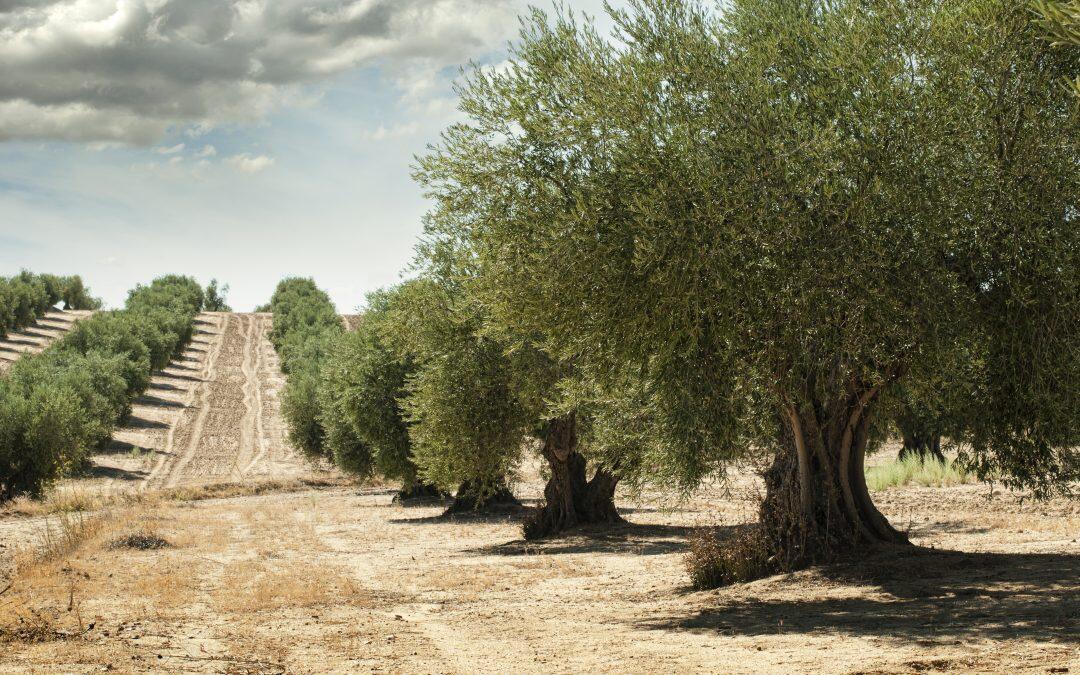A scientific team of three Spanish centers has been sequenced for the first time the entire genome of the olive tree.The specimen has more than 1,300 years old and is the Farga variety, one of the most important in eastern Spain. The results are published today in the open access journal GigaScience and may contribute to the genetic improvement of the production of olives and olive oil, of great importance in the economy and in the Spanish diet, say the authors.
The olive tree is one of the first trees that were domesticated in the history of mankind, probably about 6,000 years ago.Symbol par excellence of the Mediterranean, has a great importance in the Spanish economy and in countries like Italy, Greece and Portugal). Not surprisingly Spain is the largest producer of olive oil in the world. Each year nearly three million tons of oil are produced both for local consumption and for export, of which Spain produces one third.
The results could contribute to the genetic improvement of the production of olives and olive oil
However, so far the olive genome that regulates, for example, differences between varieties, sizes and flavor of the olives, why do they live so long, or the keys to their adaptation to dry land was unknown.
Now a team of researchers from the Centre for Genomic Regulation (CGR) in Barcelona, the Royal Botanical Garden of Madrid-CSIC and the National Genome Analysis Centre of Barcelona (CNAG-CRG), sheds light on the genetic puzzle of the olive tree to achieve the first sequence to the complete genome of this species.
private funding
The results of this work, funded entirely by the Banco Santander, were collected on the 29th of June, 2016. The study opens the door to new research that will serve to help the olive tree, both its development and protect themselves from infections that are now causing havoc, such attacks from bacteria (Xilella fastidiosa) and fungi (Verticillium dhailae).
The work, coordinated by Pablo Vargas, CSIC researcher at the Royal Botanic Garden has lasted three years. “In sequencing a genome there are three phases: the first, to isolate all the genes, which is something that we published two years ago. The second, assemble the genome, ie, order these genes one after another, as if concatenaramos loose phrases from a book. And finally, identify all the genes, that are mounting the book. These last two phases are present and we have done now, “Vargas said.
According to Tyler Alioto’s CNAG-CRG, “this genome has generated 1.31 billion letters, which are more than 1,000 GBytes of data. We are surprised because we have detected about 56,000 genes, significantly higher than those detected in sequenced genomes of related plants and double the human genome. ”
The authors have identified about 56,000 genes, twice the human genome
The evolution of olive trees from different countries also allowed them to find out its origins and unravel the keys which have enabled it to adapt to very different environmental conditions; Also, get the keys to their extraordinary longevity, as they can live up to 3,000 and 4,000 years.











